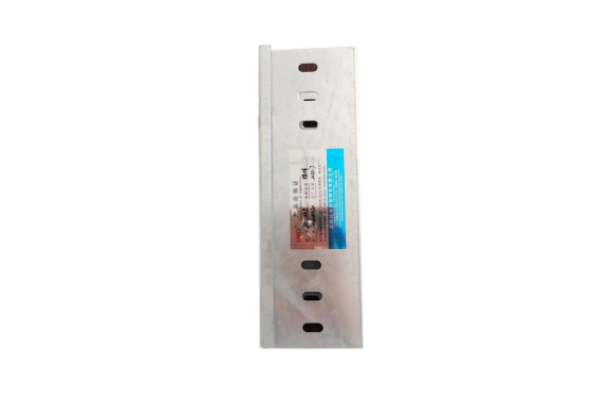Precautions for armored thermal resistance
Release Time : 2022-12-07
It is made of metal maintenance pipe, insulation data and resistor body combined by cold drawing and silver rotation processing. The resistor in the Kai-mounted type thermal resistance is made of fine platinum wire fired on platinum-rhodium thermocouple ceramic or Borong bracket, and the lead is generally steel wire or silver wire.
Kai-mounted thermal resistance has the following characteristics:
(1) The heat inertia is small, the response is fast, such as the ordinary platinum resistance with a maintenance tube diameter of negative 2mm, and its time constant is 25s; The metal casing diameter of 6.0mm Kaifu thermal resistor, its time constant is only about 5.
(2) It has bendable performance, and the heating resistance can be bent in any direction except for the head, so it is suitable for the temperature side of the more complex structure and the Di small device
(3) It has good vibration resistance and shock resistance.
(4) Long service life, the resistor body of the Kaifu thermal resistance is maintained by the twisted cover and metal sleeve of the weighted iron insulation data, and the thermal resistance wire is not easy to be corroded by the harmful medium, so its thermal resistance has a longer life than the ordinary thermal resistance.
Thermal resistance should pay attention to the following matters when using:
(1) According to the measured temperature range and the measurement object, select the appropriate thermal resistance model, specifications and maintenance tube information.
(2) The maximum application temperature and working pressure of the thermal resistance shall not exceed the rated value of the thermal resistance.
(3) If the thermal resistance needs to be used in a corrosive medium, a maintenance pipe made of stainless steel should be used.
(4) The length of the sensitive element of most thermal resistance is about 120mm, and when selecting the insertion depth of the thermal resistance, it should be considered that the thermal resistance can only measure the uniform depression of the medium to be measured in the left and near range of the sensitive component.
(5) When the thermal resistance is wired, first turn the junction box over, and then connect the wire. There are generally two kinds of wiring methods: two-wire system and three-wire system. The advantage of three-wire articulation is that it can prevent the bimetallic thermometer from showing the indication error of the instrument caused by the resistance value of the connecting wire.
(6) The connecting wire between the thermal resistance and the apparent instrument should be insulated copper wire, and the compensation wire of the thermocouple shall not be used. The resistance value of the copper wire should be selected according to the data of the technical conditions of the instrument, which is generally 2-50, and the resistance value of the wire can be adjusted by the DC equalization bridge.
(7) One thermal resistance cannot be used in parallel with two display instruments, as long as the double branch thermal resistance can be used with two display instruments.
(8) The thermal resistance and its accessories must be kept in the center of the tungsten rhenium thermocouple without vibration and collision when it is not used. The most suitable storage conditions are: ambient temperature 10-35 °C; Relative humidity is not more than 80%; The surrounding air should not contain substances that may form corrosion of thermally resistive parts






